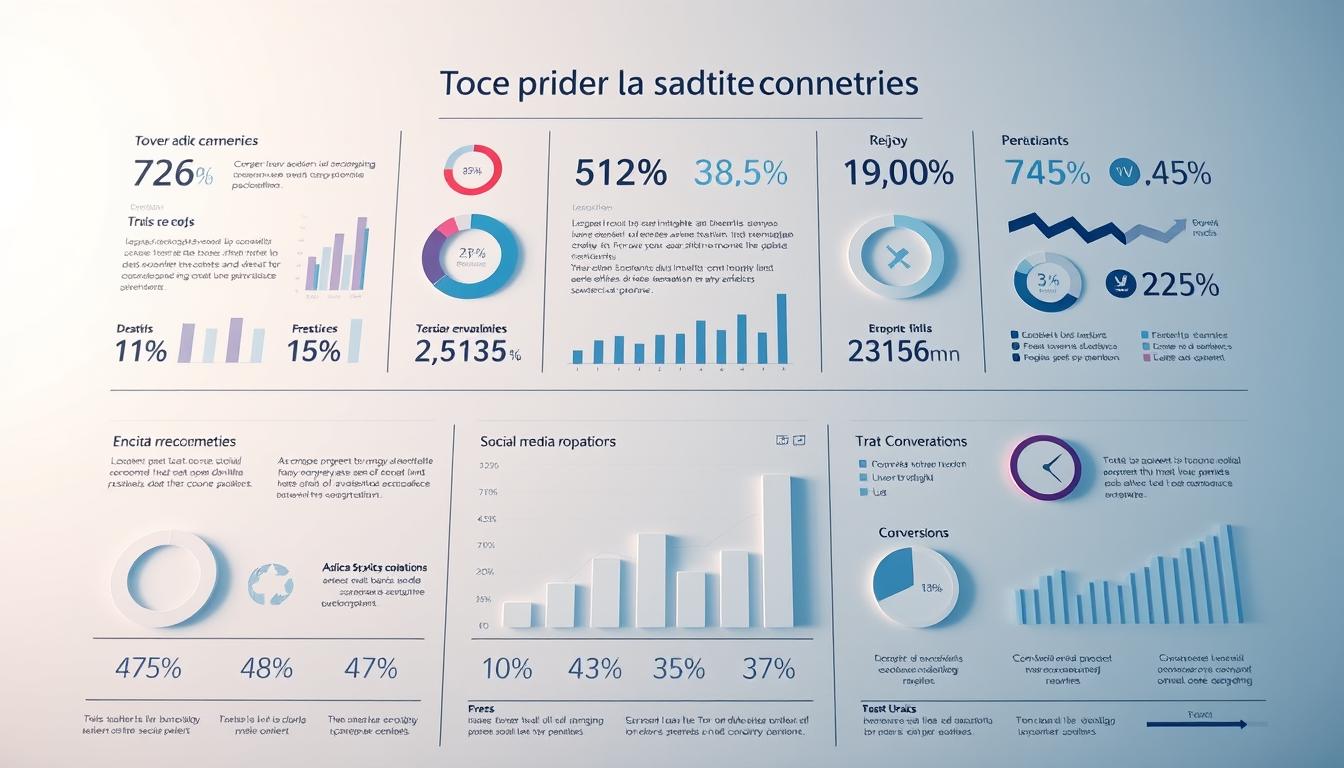|
|
Social media campaigns are essential for brand growth, engagement, and lead generation. However, without proper measurement and analysis, businesses may struggle to determine whether their efforts are truly effective. Measuring the impact of social media campaigns is critical for optimizing strategies, improving ROI, and ensuring long-term success.
Tracking the right metrics helps brands understand what resonates with their audience, which platforms drive the most conversions, and how to refine future campaigns. Rather than focusing on vanity metrics like follower count alone, businesses should assess engagement, conversion rates, audience behavior, and revenue impact to determine real success.
With WiFi Digital’s expertise in social media analytics, this guide explores key performance indicators (KPIs), data-driven measurement techniques, and optimization strategies to ensure that social media campaigns deliver maximum impact and business growth.
Defining Social Media Success: Setting Clear Goals and KPIs
Before measuring campaign performance, businesses must define their goals and key performance indicators (KPIs). Every campaign should align with broader business objectives, whether increasing brand awareness, driving website traffic, generating leads, or boosting sales.
Common Social Media Campaign Goals and KPIs
✔ Brand Awareness – Measured by reach, impressions, and follower growth.
✔ Engagement and Community Building – Evaluated through likes, comments, shares, and save rates.
✔ Lead Generation – Tracked by click-through rates (CTR), form submissions, and lead conversion rates.
✔ Sales and Revenue Growth – Determined by e-commerce sales, cost per acquisition (CPA), and return on ad spend (ROAS).
✔ Customer Support and Retention – Measured through response rates, customer satisfaction (CSAT), and resolution time.
By setting SMART (Specific, Measurable, Achievable, Relevant, and Time-Bound) goals, brands can focus on measurable success metrics that align with their business objectives.
Tracking Performance Across Different Social Media Platforms
Each social media platform has unique engagement behaviors and measurement tools. Businesses must analyze performance platform by platform to gain deeper insights.
Facebook & Instagram
Facebook and Instagram provide robust insights into content reach, ad performance, and audience demographics. Key metrics to track include:
✔ Post Reach & Impressions – Measures how many users see a post.
✔ Engagement Rate – Tracks likes, comments, shares, and saves relative to reach.
✔ Instagram Stories Metrics – Includes completion rates, replies, and exits to assess content retention.
✔ Ad Performance Metrics – Measures CPC (cost per click), CTR, and ROAS for paid campaigns.
Twitter (X)
Twitter is ideal for real-time engagement and thought leadership. Important metrics include:
✔ Tweet Impressions & Engagements – Determines how widely content is seen and interacted with.
✔ Hashtag Performance – Measures how well branded or campaign hashtags perform.
✔ Retweets & Mentions – Indicates community interaction and brand sentiment.
For B2B campaigns, LinkedIn’s analytics focus on professional engagement and lead generation. Key performance indicators include:
✔ Post Click-Through Rate (CTR) – Measures how many professionals engage with shared content.
✔ Lead Form Submissions – Tracks how many users sign up for gated content or consultations.
✔ InMail Response Rate – Assesses the effectiveness of LinkedIn outreach campaigns.
YouTube & TikTok
Video marketing success is based on watch time, audience retention, and conversions. Key metrics include:
✔ Watch Time & Average View Duration – Determines audience interest.
✔ Click-Through Rate (CTR) from Video Descriptions – Tracks link clicks from video content.
✔ Engagement Per Video – Measures likes, comments, and shares.
By analyzing platform-specific insights, businesses can tailor their social media strategies to optimize performance and engagement.
Measuring ROI and Attribution for Social Media Campaigns
To determine whether a social media campaign generates real business value, companies must measure ROI (Return on Investment) and attribution. Understanding which social channels contribute most to conversions helps optimize marketing budgets effectively.
Calculating Social Media ROI
The standard formula for ROI is:
ROI=(RevenuefromSocialMedia−CostofSocialMediaInvestment)CostofSocialMediaInvestment×100ROI = \frac{(Revenue from Social Media – Cost of Social Media Investment)}{Cost of Social Media Investment} \times 100ROI=CostofSocialMediaInvestment(RevenuefromSocialMedia−CostofSocialMediaInvestment)×100
Steps to measure ROI effectively:
✔ Track conversions with UTM parameters – Use Google Analytics UTM links to measure traffic from specific social posts and ads.
✔ Monitor cost per lead (CPL) and cost per acquisition (CPA) – Assess how much is spent to generate leads or sales.
✔ Use Facebook Pixel and LinkedIn Insights Tag – These tools track user actions beyond social media and measure campaign impact.
✔ Compare Organic vs. Paid Performance – Evaluate whether organic engagement or paid ads generate higher conversions.
By integrating social media data with CRM systems, businesses can track the entire customer journey, from awareness to purchase, improving marketing attribution.
A/B Testing and Campaign Optimization Strategies
Ongoing testing and refinement ensure that social media campaigns continuously improve. A/B testing, also known as split testing, allows businesses to compare different campaign elements and determine which performs best.
Elements to A/B Test in Social Media Campaigns
✔ Ad Copy & Messaging – Test different headlines, descriptions, and CTAs to see which drives more engagement.
✔ Content Formats – Compare videos, carousel posts, infographics, and text-based posts.
✔ Posting Times & Frequency – Experiment with different posting schedules to find peak engagement hours.
✔ Targeting Audiences – Adjust audience segments for age, location, interests, and behaviors to optimize ad reach.
✔ Landing Pages & Offers – Test different landing page designs and incentives to improve conversion rates.
Analyzing A/B test results allows brands to refine their content, targeting, and overall campaign execution for better engagement and ROI.
Using AI & Automation for Data-Driven Insights
As social media analytics evolve, businesses can leverage AI-powered tools and automation to enhance measurement accuracy. AI-driven platforms provide:
✔ Predictive Analytics – AI tools forecast campaign success by analyzing past performance data.
✔ Automated Performance Reports – Social media management tools like Hootsuite, Sprout Social, and HubSpot generate real-time insights.
✔ Sentiment Analysis – AI tracks audience sentiment to measure how campaigns impact brand perception.
By integrating AI-powered tools, brands can gain deeper insights, optimize content faster, and make data-driven decisions more efficiently.
Key Takeaways: Making Social Media Measurement Actionable
✔ Define Clear Goals & KPIs – Align campaigns with specific business objectives.
✔ Analyze Platform-Specific Metrics – Optimize content for each social media channel.
✔ Track ROI and Attribution – Measure conversions using UTM parameters and CRM integration.
✔ A/B Test Campaign Elements – Continuously refine content, targeting, and ad performance.
✔ Leverage AI for Smarter Insights – Automate data tracking and predictive analytics for better decision-making.
By applying a structured, data-driven approach to social media measurement, businesses can optimize performance, improve engagement, and drive meaningful results.
Measuring the impact of social media campaigns is essential for growth, efficiency, and ROI optimization. By analyzing the right metrics, testing different strategies, and leveraging automation, businesses can transform social media efforts into a powerful revenue-generating engine.
With WiFi Digital’s expertise in social media analytics and optimization, brands can develop high-impact, data-driven campaigns that maximize engagement, lead generation, and business success. Now is the time to enhance measurement strategies, refine content performance, and turn social media into a key driver of growth. 🚀
WiFi Digital: Connecting Businesses to the Digital Future
In today’s fast-paced world, where a strong digital presence is essential for business growth, WiFi Digital emerges as a strategic partner for small and medium-sized businesses (SMBs). Founded in 2023 and based in London, Ontario, the company has a clear mission: to provide affordable, high-quality solutions that help businesses thrive online. With an experienced and passionate team, WiFi Digital goes beyond simply creating websites and marketing strategies. Its purpose is to empower entrepreneurs, strengthen brands, and give clients more free time to focus on what truly matters – growing their business and improving their quality of life.
WiFi Digital develops websites that authentically and professionally represent your brand, optimizes systems and digital marketing strategies to enhance visibility and return on investment (ROI), and offers affordable, customized solutions, ensuring that businesses of all sizes have access to effective growth tools. With transparency, partnership, and innovation, the company provides each client with the necessary support to achieve real results.
Business digitalization is not just about numbers or metrics. It directly impacts entrepreneurs’ well-being, bringing more organization, efficiency, and freedom to focus on what truly matters. WiFi Digital understands that by investing in digital solutions, businesses gain time, reduce operational stress, and create opportunities to connect better with their customers. A well-structured online presence not only increases sales but also strengthens the public’s trust in the brand.
Beyond technical expertise, WiFi Digital’s key differentiator is its commitment to people. The company values genuine relationships, creates tailored strategies, and works side by side with clients to ensure that every solution meets their specific needs. If you’re looking to boost your brand, attract more customers, and still have more time to focus on what truly matters, now is the time to act!
💡 Transform your digital presence with experts who understand your needs.
📩 Contact us now: contact@wifidigital.ca
🌍 Learn more: www.wifidigital.ca
🚀 Your growth starts here!




